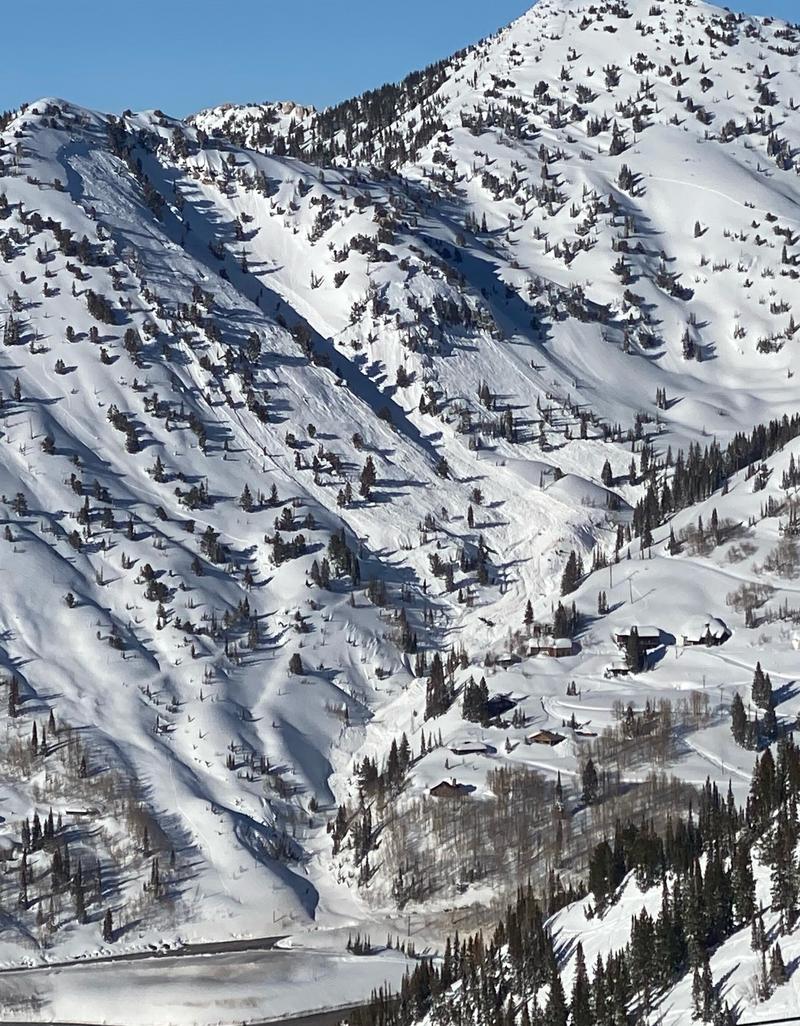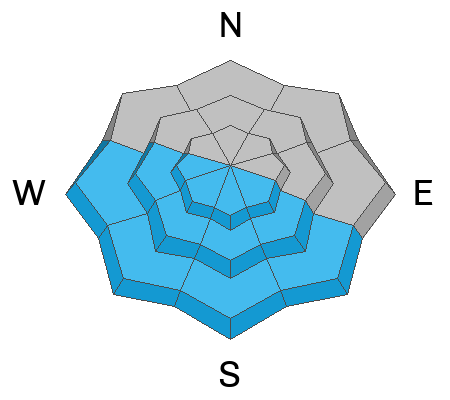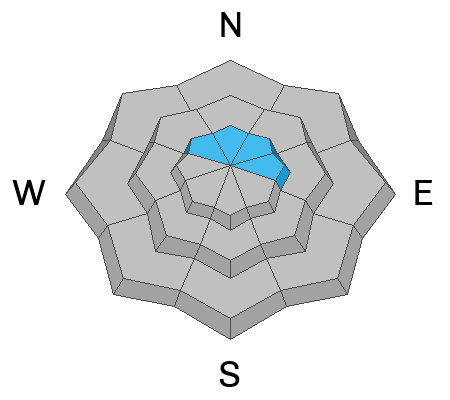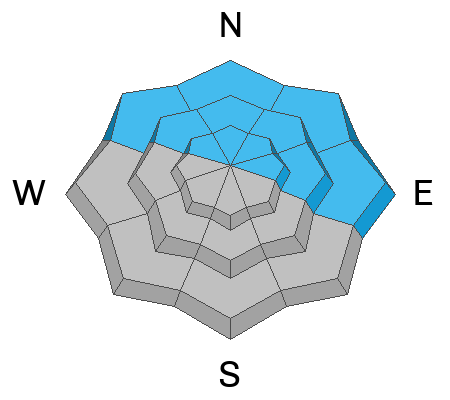Forecast for the Ogden Area Mountains

Issued by Greg Gagne on
Friday morning, April 7, 2023
Friday morning, April 7, 2023
There is a CONSIDERABLE avalanche danger for wet avalanches on sunny slopes facing southeast through west. There is a MODERATE danger on slopes facing northwest through north and east, especially on any wind-loaded slopes.
Cornices also present an avalanche hazard: stay well-back from corniced-ridgelines and avoid traveling on slopes with large, overhanging cornices above.
With so much snow, watch out for roof avalanches especially as the day heats up.
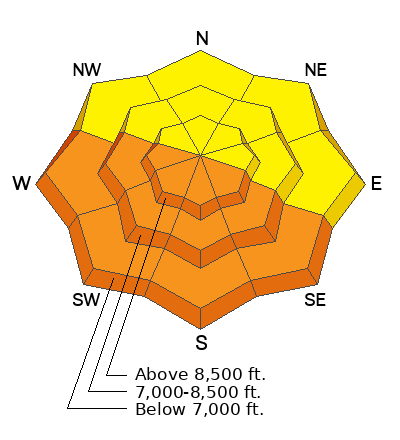
Low
Moderate
Considerable
High
Extreme
Learn how to read the forecast here


